
Semana Santa or Holy Week is a big deal in Spain. The holiday even comes with its own set of special Spanish words you’ll hear over and over again during this time.
Brush up on your Spanish and learn the Easter (Pascua) lingo, so you can talk about the religious processions like a local.
A is for Archicofradía
The archicofradía is the oldest cofradía or religious brotherhood in the city. These are the groups who dress up and parade through the streets during Holy Week.
B is for Buñuelo
Buñuelos are similar to fritters or doughnuts, without holes, and are light and airy fried treats typically eaten during Easter in Spain.
C is for Capirote
The capirotes are the tall conical hats worn by the penitentes – members of the cofradías. They are in fact worn as a symbol of penance and don’t stand for right-wing extremism.
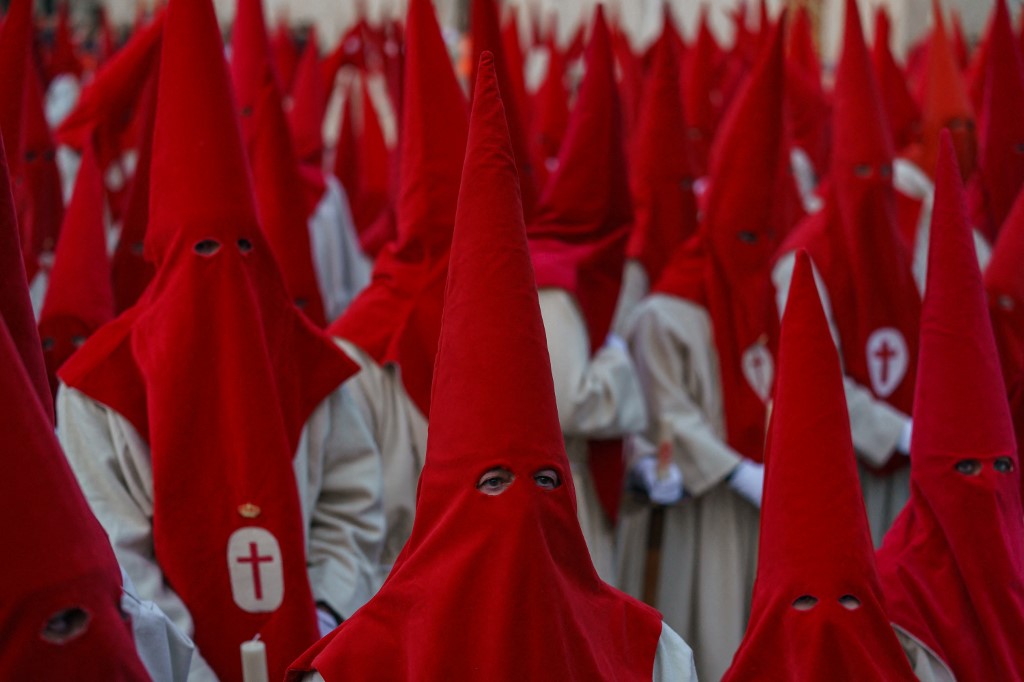
The conical hats worn are called capirotes. Photo: CESAR MANSO / AFP
D is for Dolorosa
The Dolorosa refers to the image of the Virgin Mary or María who is seen as mourning the death of her son, Jesus. She is often carried through the streets on particular days during Semana Santa.
E is for Escudo
Escudo means shield or coat of arms, and each of the brotherhoods that take part in the Semana Santa celebrations will have their own, which identifies them.
F is for Fraternidad
The fraternidades are the Catholic brotherhoods that parade through the streets during Holy Week, also known as cofradías.
READ ALSO: The essential guide to Easter in Spain in 2023
G is for Gloria
The Sábado de Gloria or Saturday of Glory is the day just before Easter Sunday. This year it falls on April 8th. This day is also sometimes referred to as Sábado Santo or Holy Saturday.
H is for Hermano Mayor
The Hermano Mayor or Big Brother is the senior member of each brotherhood or cofradía and is in charge of making sure everything goes smoothly during the processions.
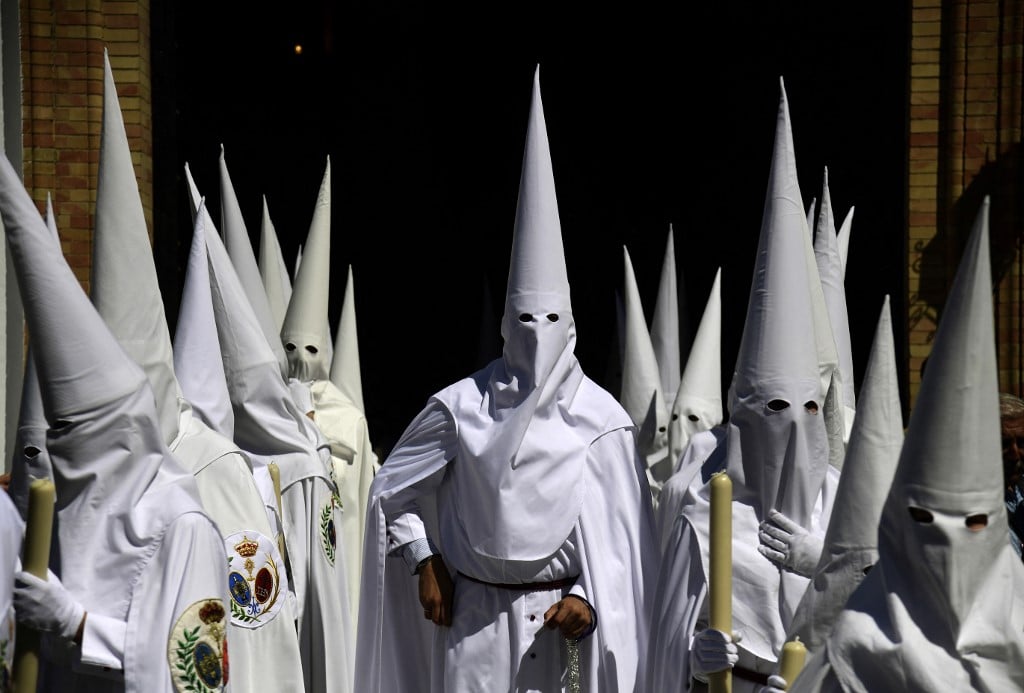
The Hermano Mayor is in charge of the brotherhood. Photo: CRISTINA QUICLER / AFP
I is for Incensario
Incense is a common smell during Holy Week in Spain and the incensario or censer is a small ornate silver or gold chamber which is swung around during the religious processions emitting incense from the small holes in its body.
J is for Jueves Santo
Holy Thursday or Jueves Santo is one of the most important days during Semana Santa. It is on this day that many of the most impressive processions take place.
READ ALSO: What are the best cities in Spain to see the Semana Santa processions?
Advertisement
K is for Kilómetro
Kilómetro or kilometre may not seem like a typical Easter word, but during Semana Santa the costaleros who are the ones who carry the heavy religious floats through the city streets have to walk many kilometres. La Madrugá is one of the most important parades during Seville’s famous Holy Week, which takes place in the early morning between Maundy Thursday and Good Friday. The brotherhood that walks the furthest during this night is La Macarena who carry their floats 5.5 kilometres during a total of 14 hours.
L is for Levantá
The Levantá is the moment when each religious float is raised, ready to continue its journey through the city streets. The leader will shout “levantá” and all the costaleros will lift the giant statues at once.
M is for Monas de Pascua
These Easter cakes are typical in the regions of Catalonia and Valencia. They are typically sweet bread-like shapes topped with candied fruit and hard-boiled eggs. Some supermarkets have even taken them one step further, making them more like traditional chocolate sponge cakes topped with chocolate eggs, feathers and chicks.
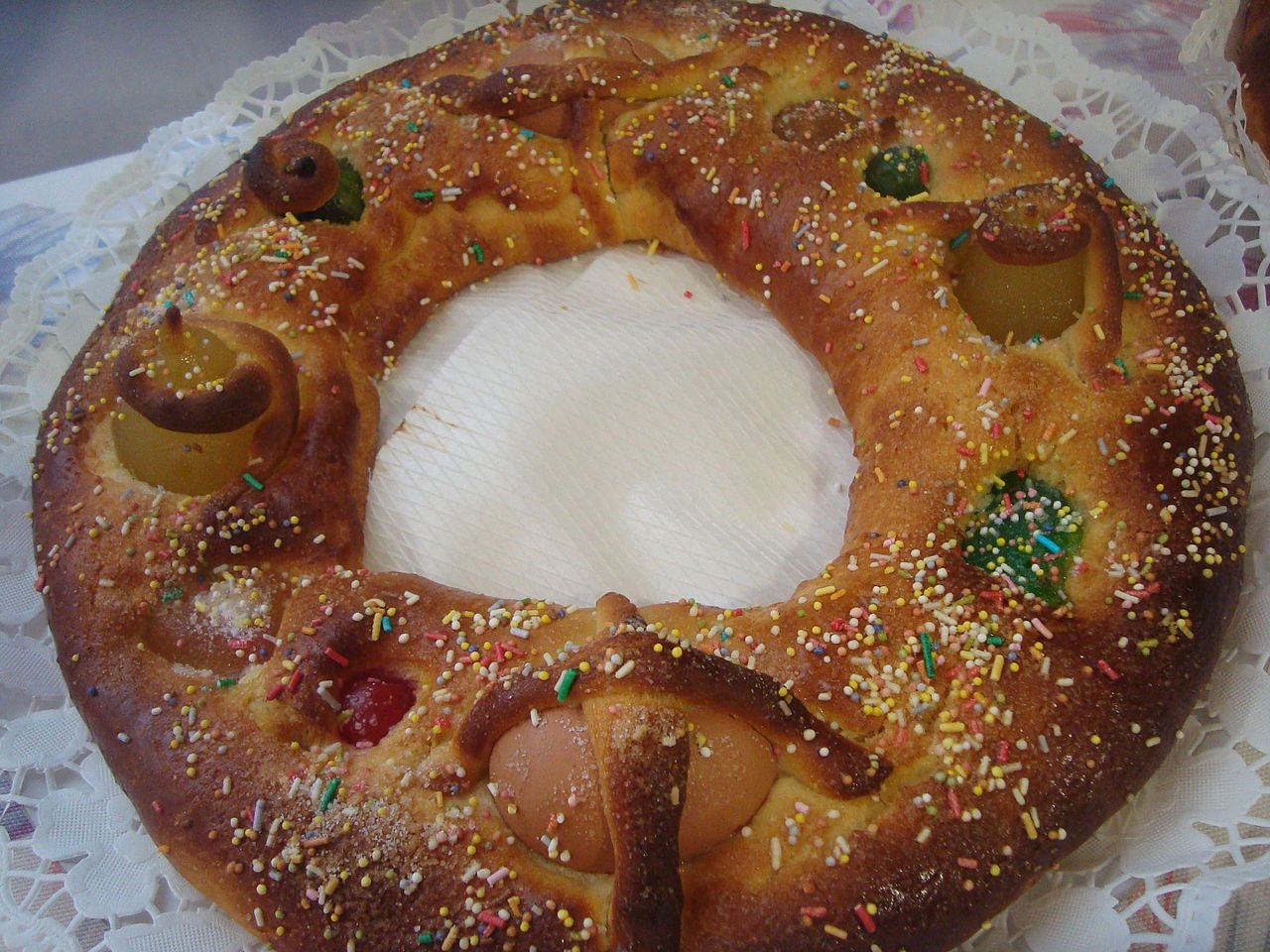
Try some monas de Pascua this Easter. Photo: Juan Emilio Prades Bel / WikiCommons
N is for Nazarenos
Nazarenos refer to the individual members of each brotherhood that parade through the streets carrying candles and dressed in tunics and capirotes (conical hoods).
Advertisement
O is for Oro
Oro means gold and you’ll certainly see lots of it around at Easter in Spain, particularly on the religious floats and statues.
P is for Paso
The pasos are the official names for the religious floats that are carried through the city streets during the Easter processions. They typically depict scenes from the Passion of Christ of both Jesus and the Virgin Mary, adorned with flowers and candles.
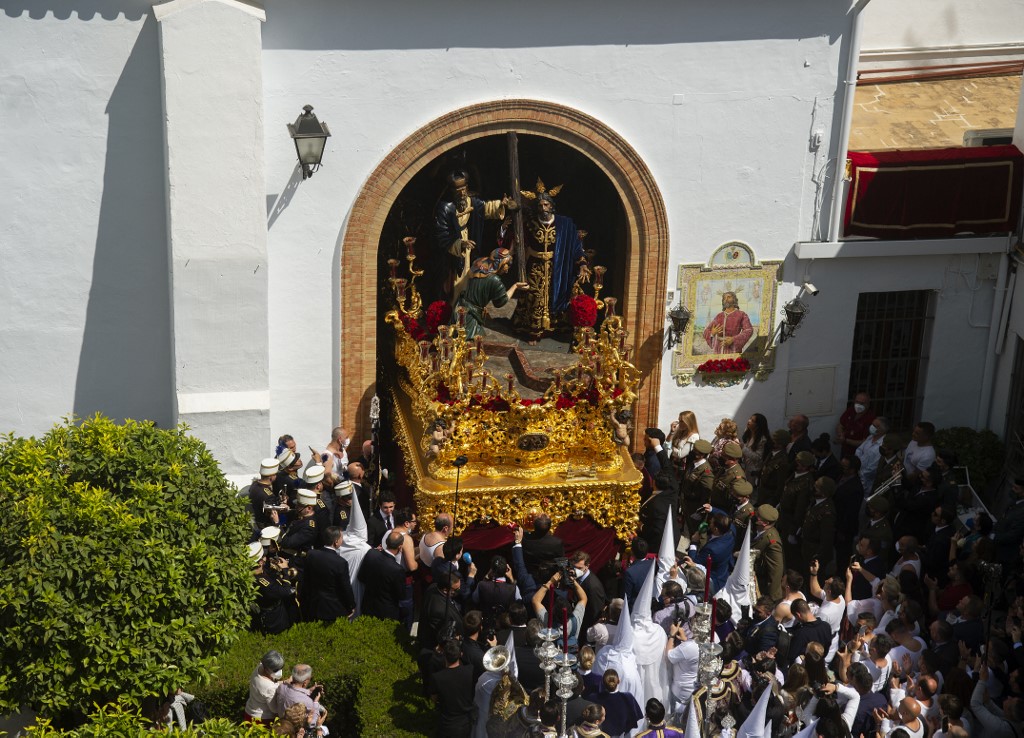
A float depicting ‘Jesus de la Victoria’ in Seville. Photo: CRISTINA QUICLER / AFP
R is for Resurrección
Easter Sunday is often referred to as the Domingo de Resurrección or Resurrection, the day when it is said that Jesus rose from the dead. Up until this day the processions are typically solemn, but they take on a jubilant nature on and after Domingo de Resurrección.
S is for Saeta
Saetas are religious songs that are sung mainly in Andalusia, during poignant parts of the Easter processions. Locals typically sing their devotion to the religious images down from balconies. They’re best to see in Seville.
Advertisement
T is for Torrijas
Torrijas are a favourite Easter treat in Spain. A Spanish version of French toast, they are thick pieces of bread soaked in milk and egg, before being deep fried and dusted with sugar and cinnamon.
V is for Velas
Velas are candles and you’ll certainly see a lot of them during the Semana Santa processions in Spain. Look out for the children who collect the dripping wax from the candles to see who can make the biggest wax ball by the end of the week.
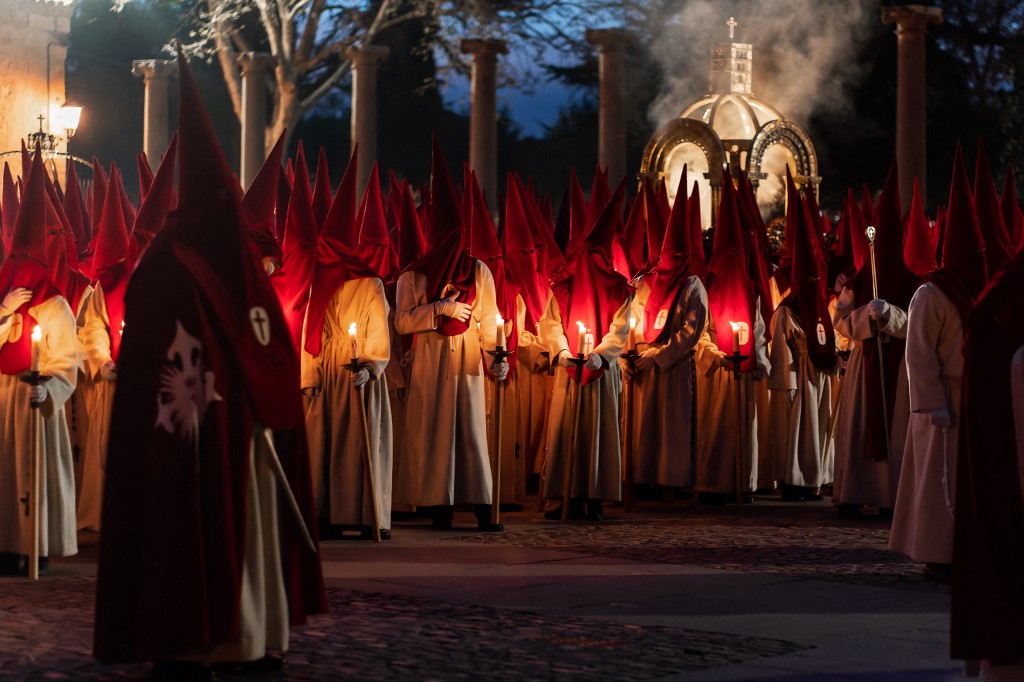
Candles are an atmospheric part of the religious Easter processions in Spain. Photo: CESAR MANSO / AFP
X is for Xocolata
OK, so we’re cheating a bit here as this is how you spell chocolate in Catalan, not in Spanish. Surprisingly chocolate is not a big Easter treat in Spain, however, the Catalans nowadays do go in for creating elaborate chocolate scenes for children.
Y is for Yema
Yema means yolk in Spanish, and many of the sweets enjoyed at Easter in Spain contain yolks or eggs. Discover some of the mouthwatering dishes to try at Easter in Spain here.
Z is for Zamora
The small city of Zamora, just north of Salamanca has been holding Holy Week celebrations since the 13th century. Processions take place during both the day and the night here, with daytime ones bringing lots of colour and music and nighttime ones solemn silence. Music is very important in the festival here with lots of choir singing and Gregorian chants.

